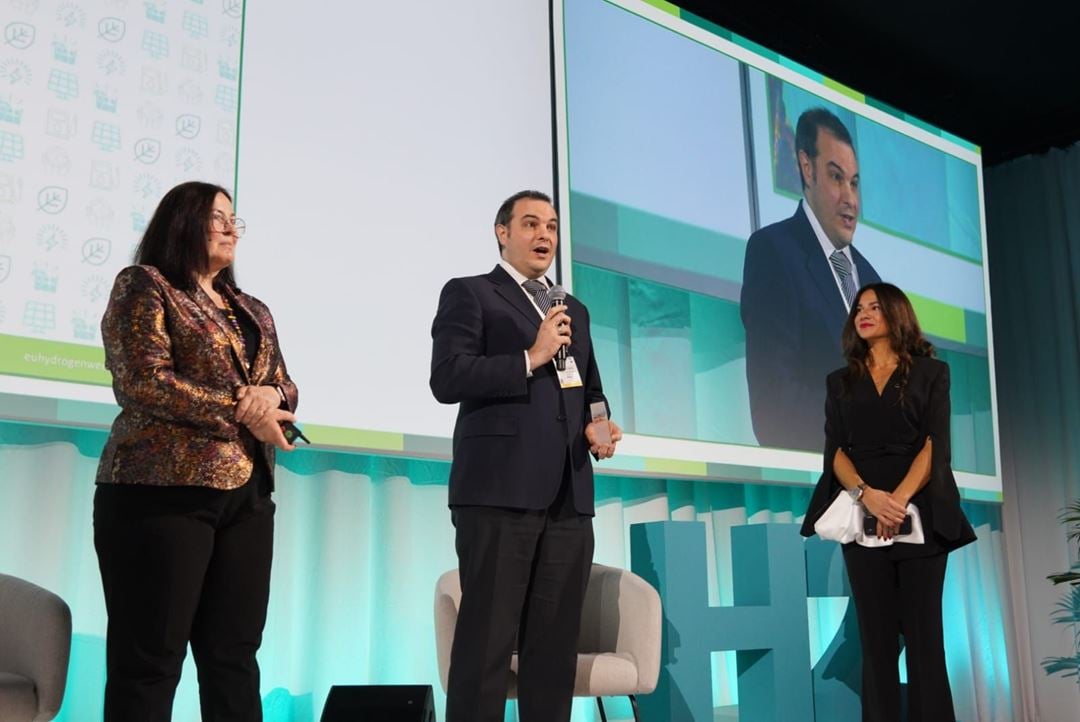In short, an FCM is a black box where you put hydrogen in, and get energy out, Federico Zenith, Senior Research Scientist at SINTEF Digital, explains. He recently got back from Brussels, where he accepted the award on behalf of the StasHH consortium, which consists of original equipment manufacturers (OEM), fuel cell module suppliers and research, test, engineering, and knowledge institutes.
– We believe that our research can be very impactful due to the cooperation between our partners. We are researching, testing, and producing at the same time, Zenith says.
Need of better infrastructure
There is a big demand for a more predictable way for heavy-duty OEMs to make use of hydrogen energy, as an alternative to fossil fuel. One way to make this happen, is to replace fossil fuel engines with what is referred to as fuel cells modules and hydrogen.
– One of the challenges of today is that fuel cells modules are designed and tailored specifically to a type of bus, truck or generator. For the industry, it might require a redesign of the inside of the truck or bus, to make room for adaptation of a new fuel cell module. For a company like for example, VDL in the Netherlands, this is a lot of work, because they manufacture many different types of machines and vehicles, Zenith explains.
Another challenge is the lack of infrastructure for hydrogen fueling stations. By working closely with the logistics industry, this may be solved for large trucks and buses, as they operate on largely fixed journeys on a preset schedule.
– In Norway, a large company like ASKO, run and manage their own hydrogen station to refuel their trucks, Zenith says.
Promising solution for zero-emission
StasHH has been operational since 2021, and their overall objective is to kickstart adoption of fuel cells in the heavy-duty sector.
On a worldwide stage, fuel cells and hydrogen are regarded more and more as the most promising solution for zero-emission heavy-duty transport, where batteries cannot match the low cost and high capacity of energy storage in hydrogen.
The standard consists of three key elements:
1. SIZE. The design of the fuel box will be a specific case, designed as a square box, in three basic sizes: A, B and C. These can be combined as e.g. AA and BB (fitting the side of EU trucks) or BBB (truck engine bay).
2. CONNECTIONS. Hydrogen, air, coolant and other fluids must be provided at a preset area of the box surface, to adapt to the layout of the host vehicle.
3. DIGITAL STANDARD. The control system for the vehicle needs to be standardized, for it to answer the same commands.
– Once we are finished with this project, our hope is that we can present a product that has been tested and produced, more than just a good idea. This way, we hope to reach a point of mass production, Zenith says.
Read more here: Clean Hydrogen Partnership Awards.


